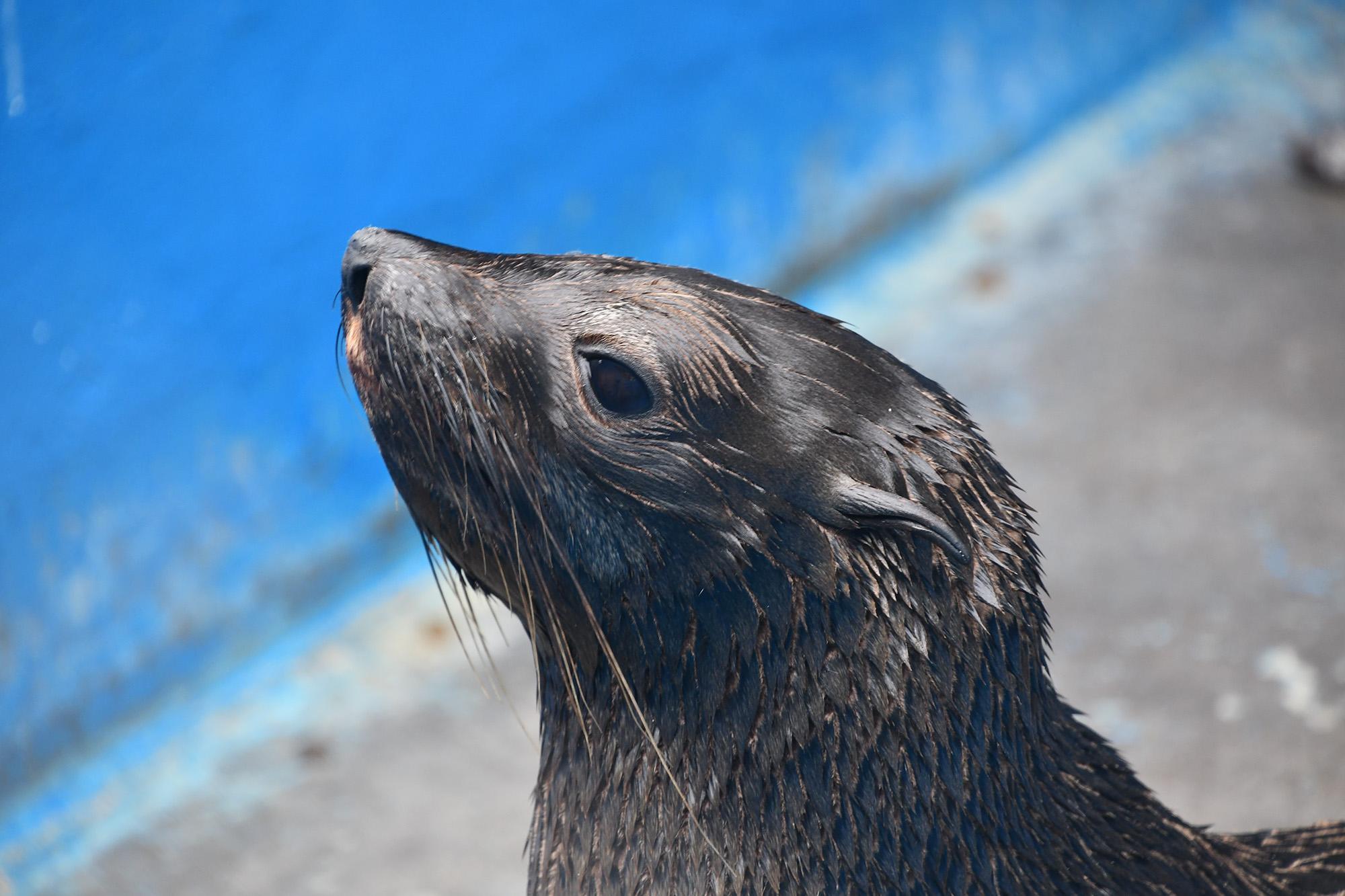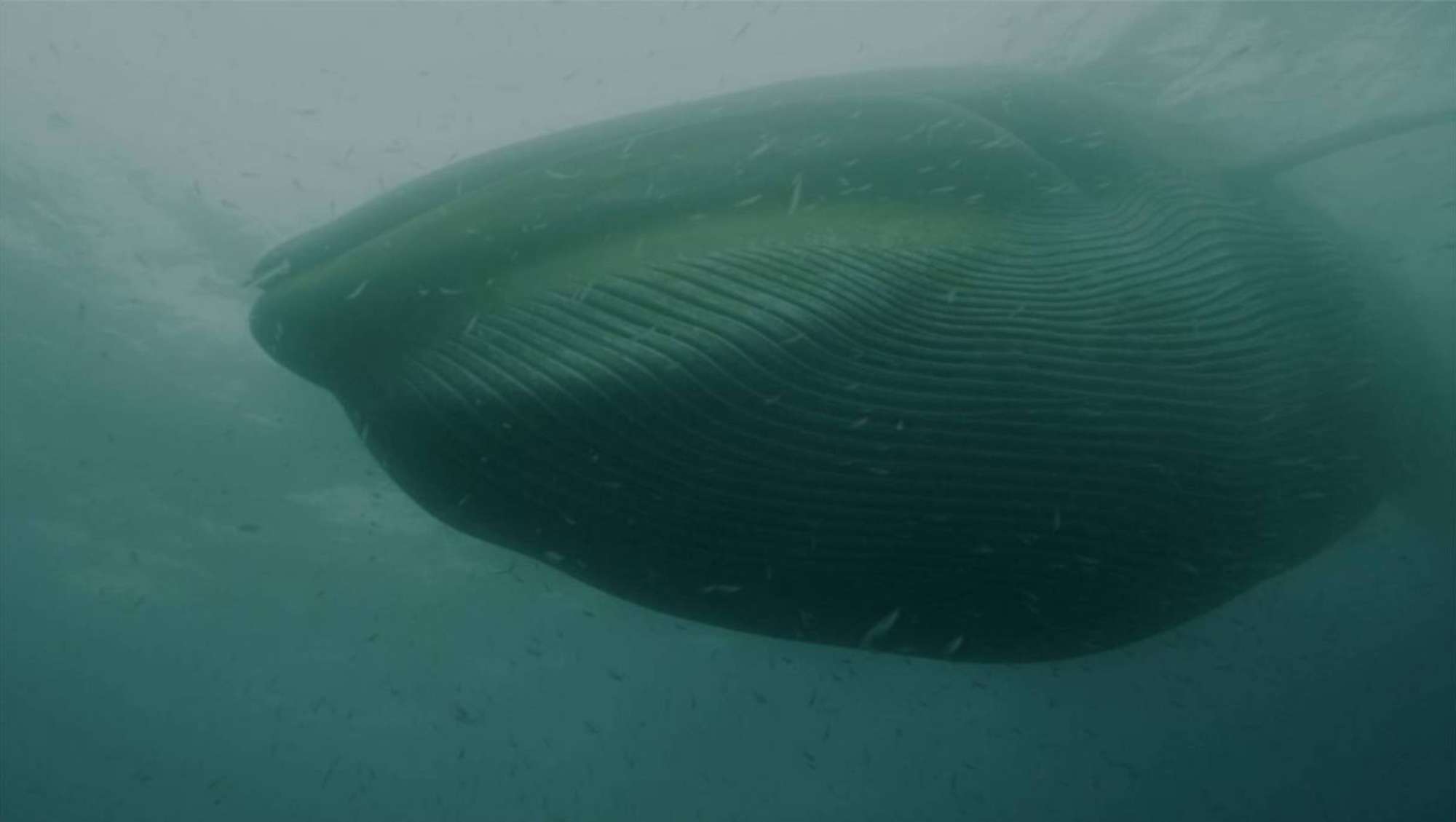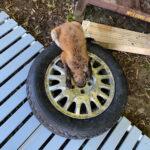Scientists have discovered new carnivorous plant species in Australia after analysing social media photos taken by amateur photographers.

The Australian-German research team – led by botanist Andreas Fleischmann from the Bavarian Natural History Collections (SNSB)- studied snaps from nature photographers who had posted them online.
But plant experts were shocked when they identified four new carnivorous sundew (Drosera) species from Western Australia.
The plants, which the botanists classified into taxa grouped as Drosera microphylla, were reportedly located in previously unknown habitats.
All the plants were tuberous sundews, meaning that they have evolved to live in summer droughts and – in hot conditions – lay dormant underground.
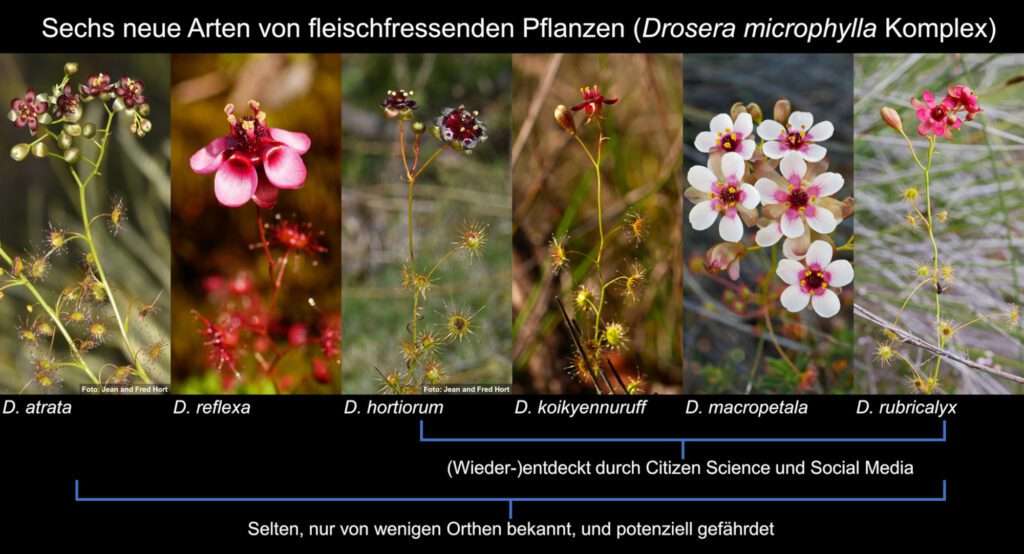
In addition, Fleischmann and his colleague Thilo Krueger from the Curtin University in the city of Perth, Western Australia, identified two more sundew species when they visited the locations in the photographers’ images.
SNSB said in a statement obtained by Newsflash: “Species are now being discovered ‘online’ by professionals, in photo databases or social media channels, where these new, but yet unknown species are being intentionally or accidentally documented by wildlife photographers and citizens.
“Carnivorous plants are also included – for example, one of the first plant species to be discovered on Facebook back in 2014, is a large sundew (Drosera) from Brasil.”
They added: “A sundew species newly described from South Africa by SNSB scientist Andreas Fleischmann in 2018, was known from three historical herbarium specimens at the time of its discovery, as well as from seven photos on the Citizen Science website iNaturalist.
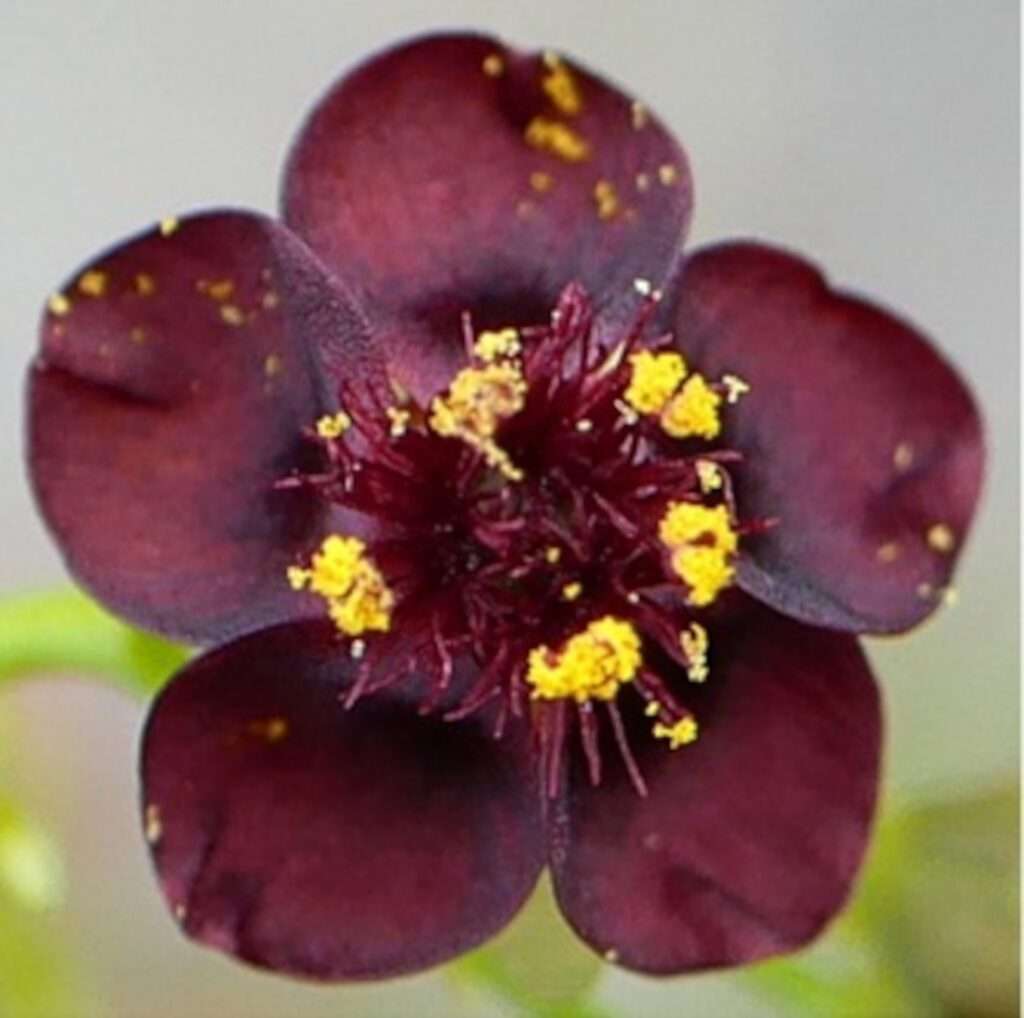
“Today, just under four years later, there are already 307 observations of this type on iNaturalist (as of January 2023), which were made by a total of 131 ‘hobby researchers’ interested in nature.”
The iNaturalist is a social network where naturalists, citizen scientists, and biologists map and share observations of biodiversity across the world.
Fleischmann said: “The research data of the Citizen Scientists are a valuable data source for us biodiversity researchers – and therefore of great importance for the protection of many animal and plant species.
“Above all, it would not have been possible for us to determine the distribution areas of very rare species without this additional wealth of data.”
The study was published in the international, peer-reviewed, open access journal Biology on Monday, 16th January 2023.



